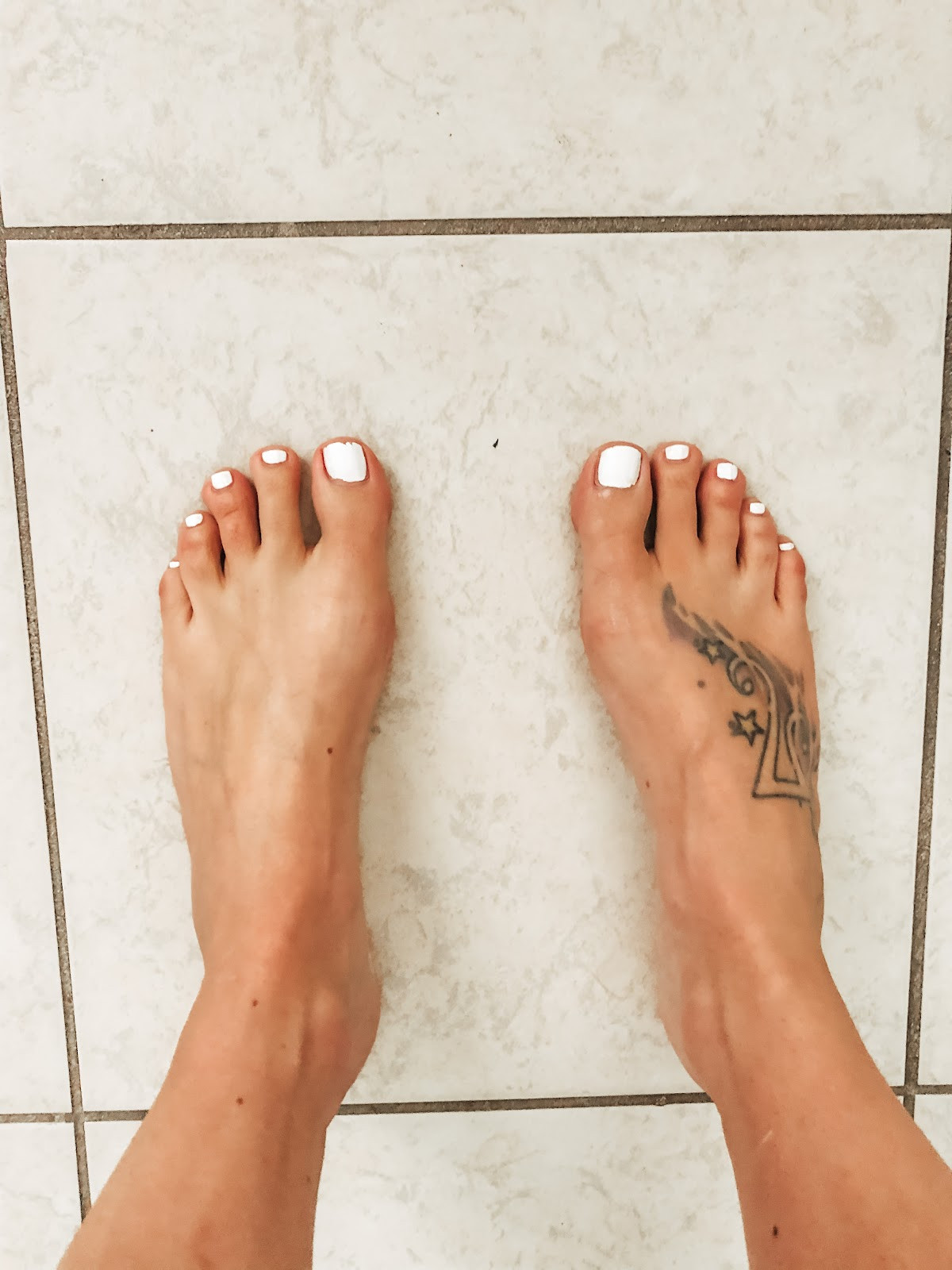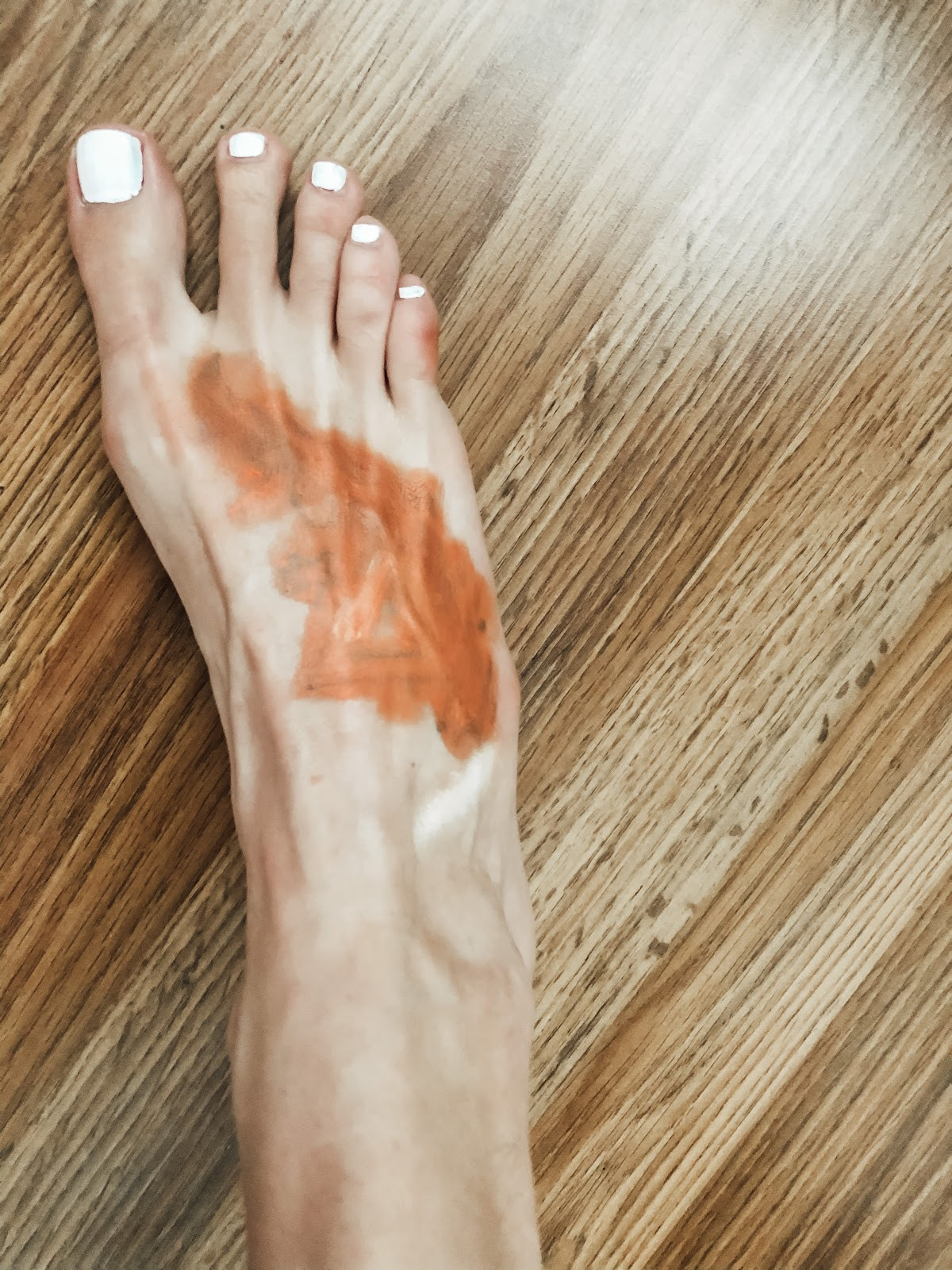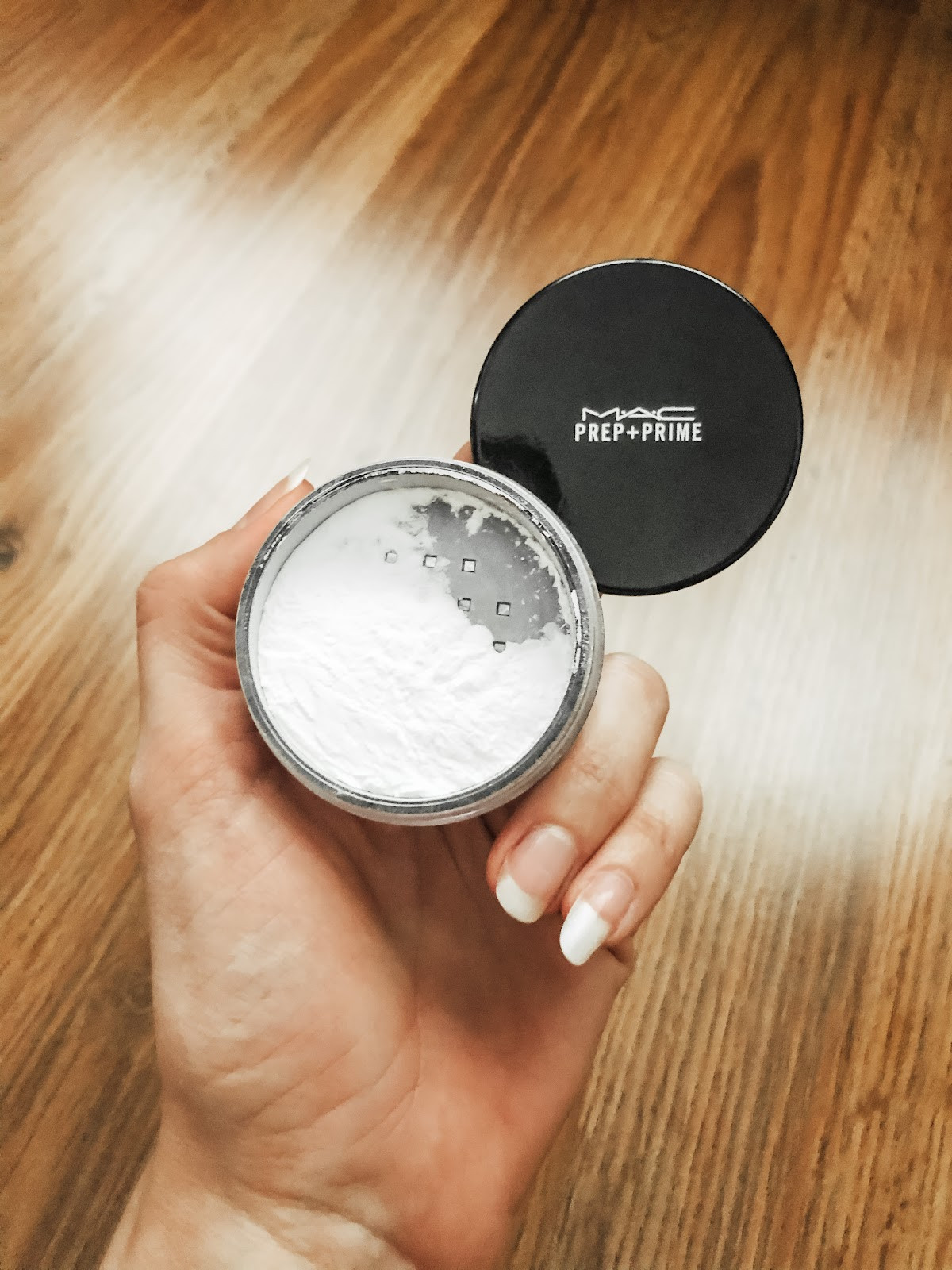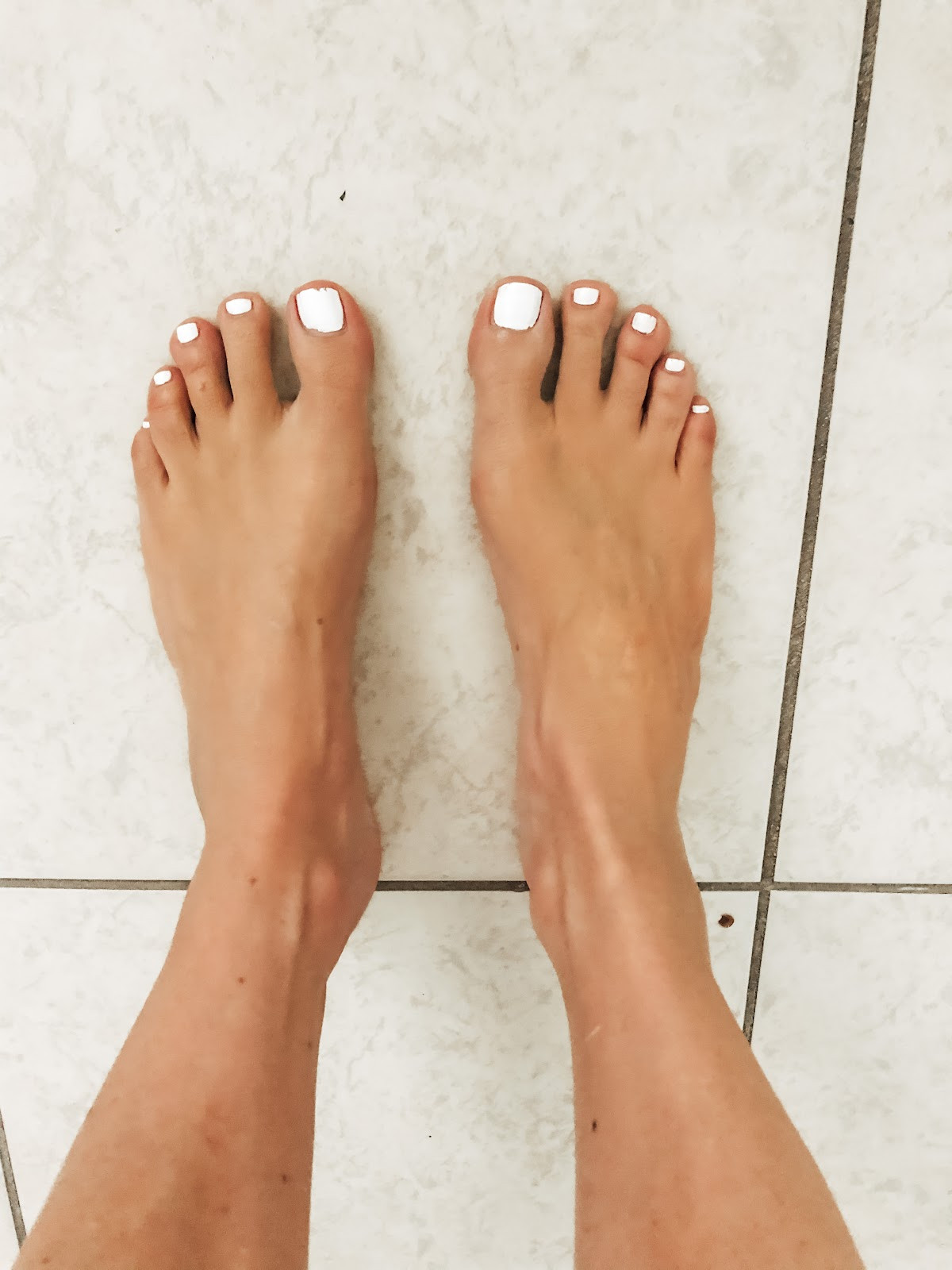Covering tattoos for your wedding can be achieved with the right techniques and products, ensuring you feel confident and picture-perfect on your big day. At tattooat.com, we understand that while tattoos are a beautiful form of self-expression, there might be times when you want to conceal them temporarily, especially for such a significant event. This guide provides expert advice and step-by-step instructions, including color correction strategies and product recommendations, to help you flawlessly conceal any tattoo. Whether you’re aiming for complete coverage or a subtle softening, mastering the art of tattoo concealment ensures you look and feel your best, with solutions for everything from waterproof makeup to airbrushing techniques, guaranteeing long-lasting, impeccable results.
Table of Contents
- 1. Understanding the Need to Cover Tattoos for a Wedding
- 1.1. Personal Preferences and Wedding Aesthetics
- 1.2. Cultural and Familial Expectations
- 2. Essential Products for Tattoo Coverage
- 2.1. Color Correctors: Neutralizing Tattoo Pigments
- 2.2. High-Coverage Concealers and Foundations
- 2.3. Setting Powders and Sprays: Ensuring Longevity
- 2.4. Makeup Tools: Brushes, Sponges, and Airbrush Systems
- 3. Step-by-Step Guide to Covering Tattoos
- 3.1. Preparation: Cleansing and Moisturizing the Skin
- 3.2. Color Correction: Applying the Right Neutralizing Shade
- 3.3. Concealing: Building Coverage with Foundation
- 3.4. Setting: Locking in the Coverage
- 4. Advanced Techniques for Tattoo Coverage
- 4.1. Airbrushing: Achieving a Flawless Finish
- 4.2. Waterproofing: Ensuring Long-Lasting Coverage
- 4.3. Layering Techniques for Stubborn Tattoos
- 5. Choosing the Right Products for Different Skin Types
- 5.1. Oily Skin: Matte and Oil-Free Formulas
- 5.2. Dry Skin: Hydrating and Creamy Products
- 5.3. Sensitive Skin: Hypoallergenic and Non-Comedogenic Options
- 6. Professional vs. DIY Tattoo Coverage
- 6.1. Benefits of Hiring a Professional Makeup Artist
- 6.2. DIY Tips and Tricks for Effective Coverage
- 7. Aftercare and Removal of Tattoo Coverage Makeup
- 7.1. Gentle Cleansing Techniques
- 7.2. Hydrating and Soothing the Skin
- 8. Common Mistakes to Avoid When Covering Tattoos
- 8.1. Using the Wrong Color Corrector
- 8.2. Applying Too Much Product at Once
- 8.3. Neglecting to Set the Makeup
- 9. Inspiration and Ideas for Wedding Day Looks
- 9.1. Covering Tattoos for Different Wedding Dress Styles
- 9.2. Incorporating Tattoos into Your Wedding Aesthetic
- 10. Frequently Asked Questions (FAQs) About Covering Tattoos for Weddings
1. Understanding the Need to Cover Tattoos for a Wedding
The decision to cover tattoos for a wedding is deeply personal, influenced by various factors. From aligning with wedding aesthetics to respecting cultural expectations, understanding these motivations is crucial. According to research from Portland State University’s Art Department, in July 2025, personal preferences significantly impact decisions regarding body art display during formal events, emphasizing the importance of individual choice.
1.1. Personal Preferences and Wedding Aesthetics
Personal preference is the most significant factor; some brides and grooms simply prefer a tattoo-free look in their wedding photos. Aligning with the wedding’s overall aesthetic also plays a role. For instance, a vintage-themed wedding might not mesh well with modern, visible tattoos. On tattooat.com, you can explore countless design ideas, find talented artists, and read articles to help harmonize your tattoos with your personal style and wedding theme, whether you choose to flaunt or conceal them.
 Bride covering tattoo with makeup for wedding day
Bride covering tattoo with makeup for wedding day
1.2. Cultural and Familial Expectations
Cultural and familial expectations can also influence the decision to cover tattoos. Some cultures view tattoos as taboo, especially in formal settings like weddings. Respecting these traditions and the comfort levels of older family members can be a significant consideration. In such cases, temporary concealment offers a respectful compromise, allowing you to honor your heritage while still expressing yourself.
2. Essential Products for Tattoo Coverage
Achieving flawless tattoo coverage requires a strategic selection of makeup products. Color correctors neutralize tattoo pigments, high-coverage concealers and foundations provide a uniform skin tone, and setting powders and sprays ensure your coverage lasts throughout the day.
2.1. Color Correctors: Neutralizing Tattoo Pigments
Color correctors are essential for neutralizing the various pigments in tattoos. Orange correctors cancel out blue and black inks, while green correctors counteract red tones. Understanding color theory is crucial for effective coverage.
| Color Corrector | Tattoo Ink Color | Purpose |
|---|---|---|
| Orange | Blue/Black | Neutralizes dark inks |
| Green | Red | Counteracts redness |
| Yellow | Purple | Balances purple hues |
| Lavender | Yellow | Brightens and neutralizes yellow undertones |
2.2. High-Coverage Concealers and Foundations
High-coverage concealers and foundations are necessary to create a uniform skin tone over the neutralized tattoo. Look for products labeled as “full coverage” or “long-wearing” to ensure they can effectively mask the tattoo without fading or transferring. According to Inked Magazine, the best foundations for tattoo coverage are those with a matte finish, as they tend to last longer and provide better coverage.
2.3. Setting Powders and Sprays: Ensuring Longevity
Setting powders and sprays are vital for locking in the coverage and preventing the makeup from smudging or fading. Translucent powders work well for setting without adding color, while setting sprays provide an extra layer of protection against sweat and humidity.
2.4. Makeup Tools: Brushes, Sponges, and Airbrush Systems
The right makeup tools can make a significant difference in the application process. Brushes are ideal for precise color correction and concealer application, while sponges are perfect for blending foundation seamlessly. Airbrush systems offer the most flawless and long-lasting coverage, especially for large tattoos.
3. Step-by-Step Guide to Covering Tattoos
Follow this step-by-step guide to achieve flawless tattoo coverage for your wedding day. Each step is crucial for ensuring complete and long-lasting concealment.
3.1. Preparation: Cleansing and Moisturizing the Skin
Start by cleansing the skin with a gentle, oil-free cleanser to remove any dirt or oils. Follow with a light, non-greasy moisturizer to hydrate the skin without interfering with the makeup. Allow the moisturizer to fully absorb before proceeding to the next step.
3.2. Color Correction: Applying the Right Neutralizing Shade
Apply the appropriate color corrector to the tattoo using a small, dense brush. Pat the product onto the tattoo rather than rubbing it in to avoid disturbing the ink. Ensure the entire tattoo is covered with the color corrector, and blend the edges seamlessly into the surrounding skin.
 Applying color corrector on tattoo
Applying color corrector on tattoo
3.3. Concealing: Building Coverage with Foundation
Using a high-coverage concealer or foundation, begin to build coverage over the color-corrected tattoo. Apply the product in thin layers, using a dabbing motion with a makeup sponge or brush. Blend the edges of the foundation into the surrounding skin to create a seamless finish. Repeat until the tattoo is completely concealed.
3.4. Setting: Locking in the Coverage
Once the tattoo is fully covered, set the makeup with a translucent setting powder. Use a large, fluffy brush to apply the powder liberally over the covered area. Allow the powder to sit for a few minutes before dusting off the excess. Finish with a setting spray to lock in the makeup and provide extra protection against sweat and humidity.
 Setting makeup with translucent powder
Setting makeup with translucent powder
4. Advanced Techniques for Tattoo Coverage
For particularly stubborn tattoos or for those seeking the most flawless finish, advanced techniques like airbrushing, waterproofing, and layering can provide superior results.
4.1. Airbrushing: Achieving a Flawless Finish
Airbrushing involves using a specialized device to spray makeup onto the skin in a fine, even layer. This technique provides exceptional coverage and a smooth, natural finish. Airbrushing is particularly effective for covering large tattoos or those with intricate designs.
4.2. Waterproofing: Ensuring Long-Lasting Coverage
To ensure your tattoo coverage lasts through tears, sweat, and humidity, use waterproof makeup products and a waterproof setting spray. These products are designed to resist water and prevent the makeup from smudging or fading.
4.3. Layering Techniques for Stubborn Tattoos
For tattoos that are particularly difficult to cover, layering techniques can be employed. This involves applying multiple thin layers of color corrector, concealer, and foundation, allowing each layer to dry and set before applying the next. This method helps to build coverage gradually and prevent the makeup from looking cakey or unnatural.
5. Choosing the Right Products for Different Skin Types
Selecting the right products for your skin type is crucial for achieving comfortable and long-lasting tattoo coverage. Different skin types require different formulations to prevent issues like oiliness, dryness, or irritation.
5.1. Oily Skin: Matte and Oil-Free Formulas
For oily skin, opt for matte and oil-free formulas that will help control shine and prevent the makeup from sliding off. Look for products labeled as “non-comedogenic” to avoid clogging pores and causing breakouts.
5.2. Dry Skin: Hydrating and Creamy Products
If you have dry skin, choose hydrating and creamy products that will moisturize the skin and prevent the makeup from looking flaky or cakey. Look for products containing ingredients like hyaluronic acid or glycerin to provide extra hydration.
5.3. Sensitive Skin: Hypoallergenic and Non-Comedogenic Options
For sensitive skin, select hypoallergenic and non-comedogenic options that are free from harsh chemicals and fragrances. These products are less likely to cause irritation or allergic reactions. Always perform a patch test before applying any new product to your entire face or body.
6. Professional vs. DIY Tattoo Coverage
Deciding whether to hire a professional makeup artist or attempt DIY tattoo coverage depends on your skill level, the size and complexity of the tattoo, and your budget.
6.1. Benefits of Hiring a Professional Makeup Artist
Hiring a professional makeup artist ensures flawless and long-lasting tattoo coverage. Professionals have the expertise, experience, and high-quality products necessary to achieve the best possible results. They can also provide personalized advice and tailor the coverage to your specific needs and skin type.
6.2. DIY Tips and Tricks for Effective Coverage
If you choose to cover your tattoo yourself, follow these tips and tricks for effective coverage:
- Use high-quality makeup products specifically designed for tattoo coverage.
- Apply thin layers of product and blend well.
- Set the makeup with a translucent powder and setting spray.
- Practice your technique before the wedding day to ensure you are comfortable with the process.
 Bride covering tattoo with foundation
Bride covering tattoo with foundation
7. Aftercare and Removal of Tattoo Coverage Makeup
Proper aftercare and removal of tattoo coverage makeup are essential for maintaining healthy skin. Gentle cleansing techniques and hydrating products will help to prevent irritation and breakouts.
7.1. Gentle Cleansing Techniques
Remove the makeup with a gentle, oil-based cleanser to dissolve the products without stripping the skin. Follow with a mild, water-based cleanser to remove any remaining residue. Avoid using harsh scrubs or abrasive cloths, as these can irritate the skin.
7.2. Hydrating and Soothing the Skin
After cleansing, hydrate the skin with a soothing moisturizer. Look for products containing ingredients like aloe vera or chamomile to calm any redness or irritation. Avoid using products containing alcohol or fragrances, as these can dry out the skin.
8. Common Mistakes to Avoid When Covering Tattoos
Avoiding common mistakes can help ensure flawless and long-lasting tattoo coverage.
8.1. Using the Wrong Color Corrector
Using the wrong color corrector can actually make the tattoo more visible. Ensure you are using the correct shade to neutralize the tattoo pigments. Orange correctors are for blue and black inks, while green correctors are for red tones.
8.2. Applying Too Much Product at Once
Applying too much product at once can result in a cakey and unnatural finish. Apply thin layers of product and blend well to build coverage gradually.
8.3. Neglecting to Set the Makeup
Neglecting to set the makeup can cause it to smudge, fade, or transfer. Always set the makeup with a translucent powder and setting spray to lock in the coverage and provide extra protection.
9. Inspiration and Ideas for Wedding Day Looks
Whether you choose to cover your tattoos or incorporate them into your wedding aesthetic, there are countless ways to create a stunning and personalized look.
9.1. Covering Tattoos for Different Wedding Dress Styles
The decision to cover tattoos may depend on the style of your wedding dress. For instance, a backless dress may require covering tattoos on the back, while a dress with sleeves may naturally conceal arm tattoos.
9.2. Incorporating Tattoos into Your Wedding Aesthetic
If you choose to embrace your tattoos, consider incorporating them into your wedding aesthetic. This could involve selecting jewelry or accessories that complement your tattoos or even featuring them in your wedding photos. According to a recent article in Bridal Vogue, many modern couples are celebrating their individuality by showcasing their tattoos, turning them into unique expressions of their personal story.
10. Frequently Asked Questions (FAQs) About Covering Tattoos for Weddings
1. What is the best way to cover a tattoo for my wedding?
The best way to cover a tattoo is by using color correction, followed by a high-coverage concealer and foundation, and setting it all with powder and spray. This ensures complete and long-lasting coverage.
2. Can I cover my tattoo myself, or should I hire a professional?
It depends on your comfort level and the complexity of the tattoo. Professionals offer expertise and high-quality products, but DIY is possible with the right techniques and practice.
3. What products do I need to cover a tattoo effectively?
You’ll need a color corrector, high-coverage concealer and foundation, translucent setting powder, and setting spray.
4. How do I choose the right color corrector for my tattoo?
Orange correctors neutralize blue and black inks, while green correctors counteract red tones. Understanding color theory is key.
5. How can I make sure the tattoo coverage lasts all day?
Use waterproof makeup products, apply thin layers, and set with a translucent powder and setting spray.
6. What if I have oily skin?
Opt for matte and oil-free formulas to control shine and prevent makeup from sliding off.
7. What if I have dry skin?
Choose hydrating and creamy products with ingredients like hyaluronic acid to moisturize the skin.
8. How do I remove tattoo coverage makeup?
Use a gentle, oil-based cleanser followed by a mild, water-based cleanser. Hydrate the skin with a soothing moisturizer afterward.
9. What are some common mistakes to avoid when covering tattoos?
Avoid using the wrong color corrector, applying too much product at once, and neglecting to set the makeup.
10. Can I incorporate my tattoos into my wedding aesthetic instead of covering them?
Absolutely Incorporate your tattoos by selecting complementary jewelry or accessories, or make them a feature in your wedding photos.
Ready to explore more tattoo designs, find talented artists, or get more expert advice? Visit tattooat.com today and discover everything you need for your tattoo journey! You can also visit us at our Portland location, 1825 SW Broadway, Portland, OR 97201, United States, or call us at +1 (503) 725-3000. Let us help you make your wedding day unforgettable, whether you choose to cover or celebrate your ink.
